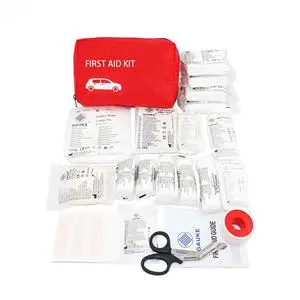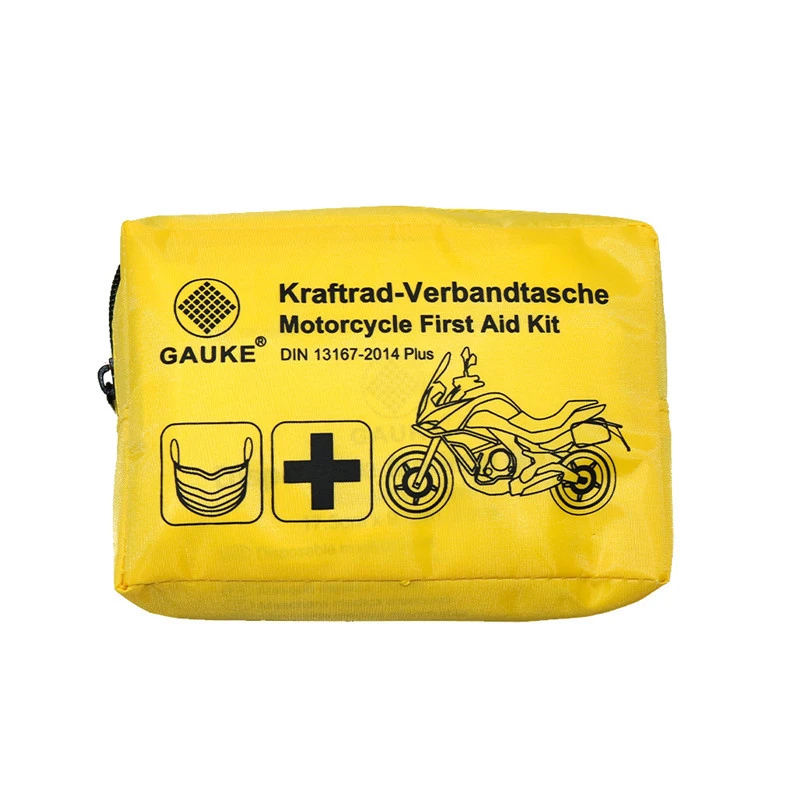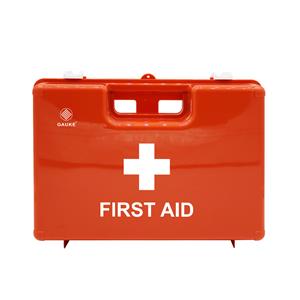The Ultimate Guide to Cotton Bandages
Health professionals, patients, and others use bandages to support dressings, create pressure over the wound, secure a splint to an injured area, and protect dressings from environmental pollutants, allergens, and microbes.
Applying a bandage directly over a wound can lead to complications, such as delayed wound healing, inflammation, swelling, and pain. Therefore, you must apply a bandage over the dressing to hold it in place and ensure it is securely fastened.
Likewise, applying a bandage tightly can prevent blood flow and nutrients from reaching the wound and slow down the healing process. Manufacturers use different materials, such as gauze, flannel, rubber, muslin, crinoline, and cotton, to make bandages.
A cotton bandage is popular and widely used in hospitals, clinics, emergencies, and homes. It has numerous properties, such as elasticity, control, uniform pressure, breathability, and absorption. Today’s article will highlight the benefits of a cotton bandage, its types, and how to use it. Read on!
Benefits of Cotton Bandage
Cotton has several properties, making it one of the most popular and well-suited materials for healthcare. Not only is cotton hypoallergenic, but it is also soft, elastic, breathable, and absorbent.
High-quality cotton bandages manufactured by Gauke Healthcare, a reputable medical manufacturer and supplier, can protect the wound and prevent microbes from penetrating the healing tissues. The benefits of cotton bandages are:
· Dressing support and protection from damages
· Wound protection from microbes
· Reduced risk of bacterial, viral, and fungal infections
· Dirt, dust, and pollutants prevention to keep the wound clean
· Absorption of fluid discharge
· Soft, reliable, convenient, and affordable
· Highly antiseptic to accelerate the healing process
· Tasteless, odorless, and fiber-free
Types of Cotton Bandages
Many people use the terms “bandage” and “dressing” synonymously or interchangeably. However, these are two different things. The dressing is the primary layer in contact with the injured body part or wound.
On the other hand, a bandage keeps the dressing in place and covers the wound. It also supports splits and applies pressure to control bleeding. A cotton bandage roll, tubular, and triangular are three major types of cotton bandage. Let us discuss these in detail!
Roller Bandages
A cotton bandage roll has long strips. Generally, a roller comes in two forms: an elastic roller and a cotton roller bandage. An elastic roller supports a sprain or strain, or you can also wrap it around your limb or joint to relieve inflammation.
Apply an elastic bandage firmly but not too tightly to ensure optimal blood flow to the injured area. On the other hand, Gauke Healthcare manufactures a cotton bandage roll of 100% pure cotton and ensures it meets all medical standards.
You can use Gauke Healthcare’s cotton bandage roll to cover gauze dressings. The company produces these products in various widths and heights. You can use clips, pins, or tapes to hold it. You can also use a cotton bandage roll for wound compression.
Tubular Bandages
Companies use synthetic, linen, or cotton materials to manufacture tubular bandages. However, a tubular bandage made of 100% pure cotton material is an excellent product for use on fingers and toes.
Research shows it is challenging to bandage these areas with gauze. In addition, tubular bandages are reliable for holding the dressing in place, especially on body parts with lots of movements, such as the knee or elbow.
Triangular Bandages
Manufacturing companies use disposable paper or cotton to produce triangular bandages. Although bandages made of disposable paper are applicable, they have poor barrier properties, allowing microbes to penetrate the healing tissues.
In contrast, triangular bandages manufactured by Gauke Healthcare are 100% pure cotton with excellent barrier properties to prevent environmental pollutants from slowing down the healing process.
Triangular cotton bandages make slings to support, immobilize, and elevate upper limbs. If you have a strain, broken bone, or want to protect your limb during the postoperative recovery period, Gauke Healthcare’s bandages are a perfect product.
Because you can fold a triangular bandage narrowly, it can reduce swelling and inflammation in the body part by acting as a cold compress. Moreover, you can also use this type of bandage to apply pressure to the wound and control bleeding.
How to Use Cotton Bandages?
A cotton bandage has different forms of bandaging techniques, including circular, spiral, and recurrent. So, how do you apply or use these forms of bandaging techniques? Let us give you a few tips.
Circular
A circular cotton bandage can hold dressings on the chest, arms, legs, and abdomen. Make sure you use strips of a cotton bandage roll and fold down it to form a cravat. The purpose is to layer the bandage on top of each other.
So, unroll the bandage laterally or toward you and hold the loose end until you secure it via the first circle of the bandage. You may need three or more turns to cover the body part correctly. Use a clip or tape to hold the bandage in place.
Spiral
Spiral bandages made of cotton are an excellent product for your body’s cylindrical parts. Although you can use an elastic bandage to a tapered body part, we recommend using a spiral technique to fit closely to your skin. Each spiral turn covers the preceding one by 1/3 of the bandage’s width.
Recurrent
Last but not least, the recurrent bandaging technique is suitable when using a cotton bandage roll for blunt-body parts. You can apply the bandage repeatedly from one side to the other side. Make sure you cover the entire length of your blunt-body part and not only the wound.
Final Words
Gauke Healthcare has been in the cotton bandage manufacturing business for 15 years. The years of experience in this area have made the company produce premium-quality cotton bandages and rolls. Our products are soft, antiseptic, breathable, skin-friendly, safe for injuries, reliable, and cost-effective. Contact us today for more information on cotton bandages. Until Next Time!




